
21 Cars That Made Carroll Shelby An Automotive Legend
As one of only a handful of officially licensed Carroll Shelby Mod Shops, we have an ingrained respect for this seeker of speed, torque and pure awesome automotive power. This article was written by the great people at Motor Junkie. We will feature a few vehicles in this excerpt version, but please visit Motor-Junkie.com to read the full article as you won't want to skip out on any of his accomplishments. Enjoy friends.
The Dale Adams Team
Even if you’re not a car enthusiast, you’ve probably heard of Carroll Shelby. He is famous for his line of performance Mustangs and Le Mans-winning Ford GT40 cars. Shelby was one of those larger-than-life characters whose life looked like a screenplay for a Hollywood blockbuster. As a matter of fact, the 2019 movie Ford vs. Ferrari is a visualization of Shelby’s fight against Ferrari in the Le Mans. Although Shelby died in April 2012, he still inspires people all over the world.
Shelby was born in 1923 in a rural area of Leesburg, Texas. From an early age, he displayed an interest in mechanics and cars. Soon, Shelby’s talent and determination helped him win some races and advance above the amateur ranks. Shelby earned a reputation as a driver who could make any car go fast. It wasn’t long before teams like Maserati and Ferrari came calling. In fact, Shelby was one of the best American drivers of the period.
He won the 24 Hours of Le Mans in 1959 in an Aston Martin. However, behind the triumph and fame, Shelby experienced immense pain. The pain was the result of his worsening heart problems. Shelby often raced under heavy medication. But, in 1960 after a few close calls, his doctors forbade him to race again. So Shelby’s professional career was over. As a retired racer, Carroll decided to fulfill his lifelong dream and built a sports car under his own name. And this is how the legend started. We broke down the 21 cars that made Shelby a true legend in our list below.
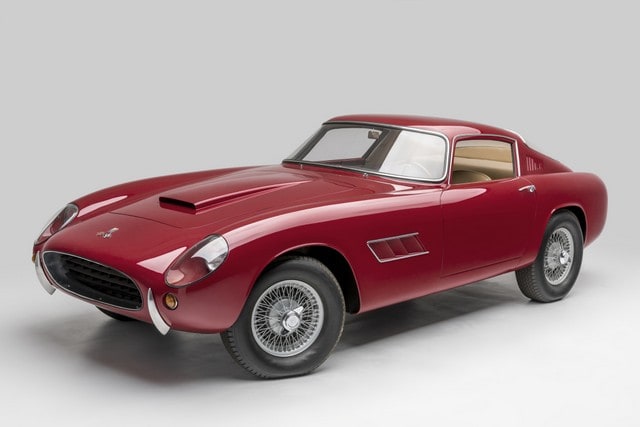
21. Scaglietti Corvette
Even before Shelby retired from racing and started building cars under his own name, he became a part of a team that produced one of the most exclusive Corvettes Chevrolet ever built, the Scaglietti Corvette. If you think the Scaglietti name sounds familiar, it because they are an Italian coachbuilder responsible for some of the finest Ferraris of the ’50s and ’60s. In fact, they were an integral part of Ferrari legend.
So, Chevrolet wanted to honor the company by naming their four-seater coupe, the 612 Scaglietti. However, it is less known that Scaglietti produced three Corvettes in 1959 for Texas millionaire and car enthusiast Gary Laughlin. Jim Hall and Carroll Shelby, both notable racing drivers and constructors from Texas saw the potential in the 1959 Corvette’s engine and power.
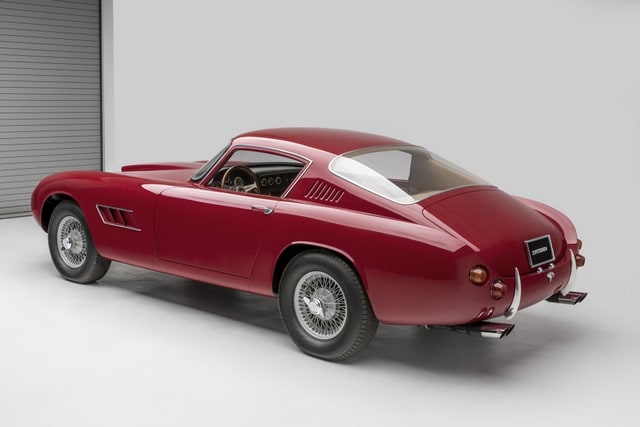
Although the Corvette had a light fiberglass body, two of the constructors wanted better aerodynamics, a longer nose, and more luxurious appointments. So, they contacted Scaglietti to design and produce a bespoke body on the 1959 ‘Vette chassis. Scaglietti delivered three cars in different colors, but with an exquisite design. However, they looked more like a Ferrari than a Corvette. There were plans to start regular production. But after careful consideration and cost projection, they abandoned these plans.
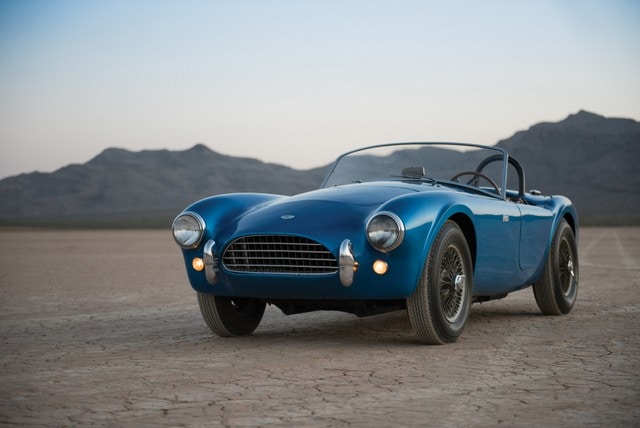
20. Shelby Cobra 289
The story of the Shelby Cobra 289 is widely known, but it’s interesting enough to tell it again. In 1962, Shelby heard that AC Cars from England was planning to shut down the production of their Ace sports roadster because Bristol engines weren’t available anymore. In just a couple of days, he managed to get several engineless bodies on a transport ship to his Venice Beach shop.
He went to work installing a Ford 260 V8 engine in the new bodies. A small but powerful American V8 in a light and nimble body proved to be a match made in heaven. Soon, Shelby installed the 289 V8 with 271 HP, which brought some serious performance to this little roadster. But Shelby’s main goal was racing and it was obvious the Cobra was a race track terror.
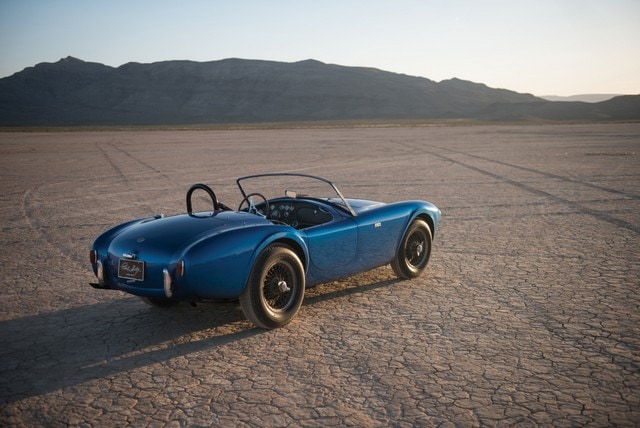
After all, it dominated all the domestic championships, beating all the Corvettes, Ferraris, and Jaguars. But Shelby wanted to go to Europe and prove his concept. So, in 1963/64, with some help from Ford, Shelby campaigned his Cobras all over Europe’s finest racing tracks, repeating his success.
His small V8 roadster proved extremely capable, dominating the GT class. The Ford V8 was a durable, reliable unit. but Shelby’s knowledge and racing know-how were crucial in setting the car right for different tracks. Because Shelby sold factory-prepared “competition” Cobras to private teams, many amateur races enjoyed success with this fierce car.
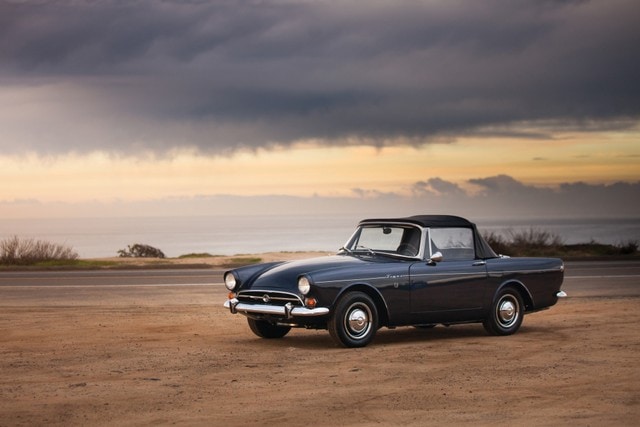
In 1959, Sunbeam presented the Alpine. It was a nice-looking roadster with dependable and conventional mechanicals. It came with a small 1.5 or 1.7-liter four-cylinder engine. But the company soon realized it needed much more than four cylinders to be competitive in the sports car market. So they called Shelby and asked him to turn the docile Alpine into a performance car.
The Sunbeam management figured that since Shelby was building Cobras as Euro-American hybrids, he could do the same with the modest Alpine. So, Shelby designed the Sunbeam Tiger as a muscle car version of the Alpine. He installed a Ford 260 and later a 289 V8 engine and redesigned the suspension and steering. It was the first British roadster with the proper V8 rumble delivering an impressive performance.
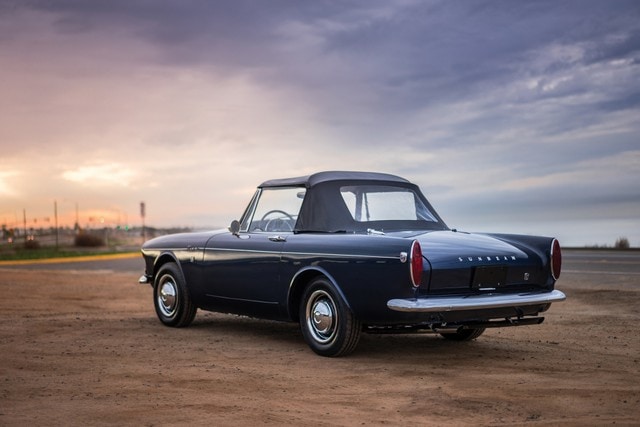
Finally, Sunbeam had a sports car. The Tiger was fast and powerful by the standards of the day. Back in 1964, this was one of the best power roadsters money could buy. Most of the cars went to U.S. buyers. When they ceased production in 1968, Sunbeam had built around 7,000 Tigers.
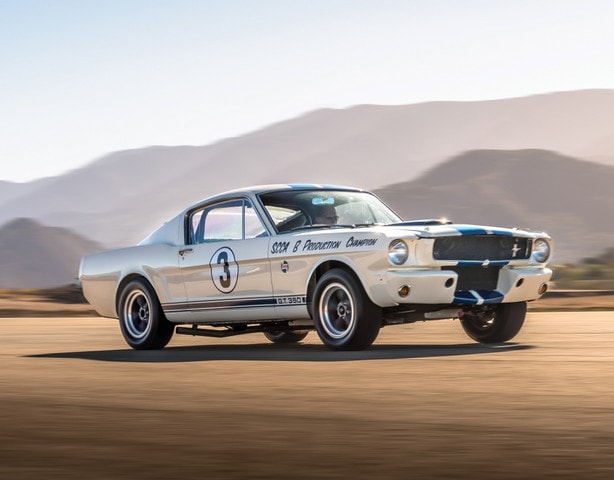
18. Shelby GT350R
Shelby started building Mustangs in 1965 as fire-breathing machines. They brought Ford some much-needed recognition and performance credentials. The cars that were responsible for his racing success were the 34 “R” models they produced in 1965 for privateers and racing teams all over the world. Those cars were not street legal.
Those R models were purely for racing purposes; something they did extremely well. The GT350R had numerous modifications, making it lighter, faster and sharper than the regular GT350. The R version was powered by the same 289 V8 as the regular Shelby GT350. But it produced close to 400 HP and came with numerous racing modifications.
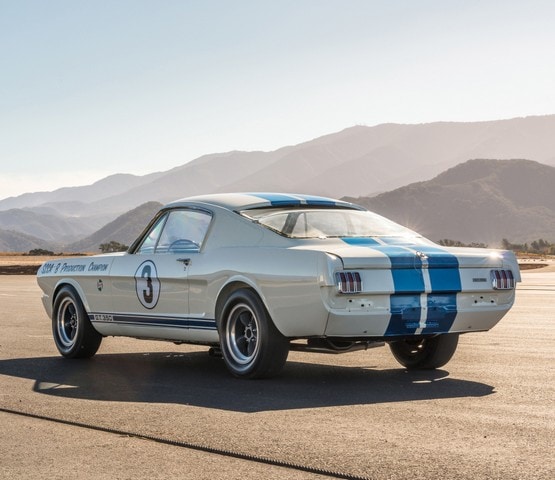
The car was light and well-balanced, so it proved extremely fast. It won races in America, Europe, and South America, as well. Each car had numerous wins under its belt. In fact, car fans consider every R model to be a highly valuable piece of Mustang and racing history.
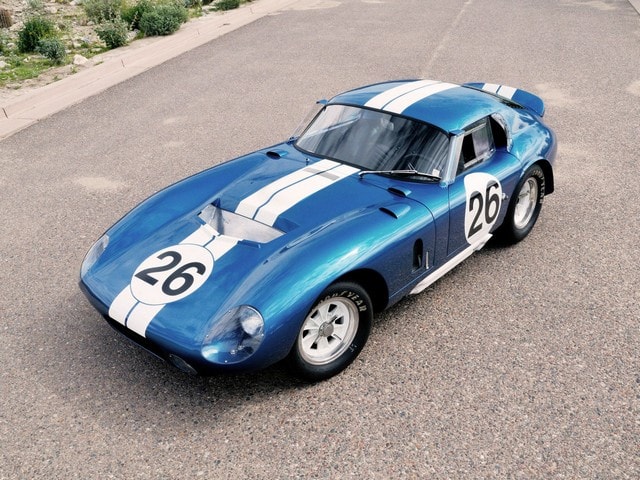
17. Shelby Cobra Daytona Coupe
Even though the Cobra roadster was dominating the international GT racing scene in the early ’60s, Shelby noticed the roadster body was unsuitable for all tracks and races. Even with the hardtop, the Cobra lacked top speeds due to poor aerodynamics. And on long straights like Le Mans, it was slower than the competition. So his answer was to redesign the car and make a racing missile capable of insane top speeds.
To do that, Shelby needed to fully modify the Cobra. So, with the help of his talented team of engineers and hot rodders, he constructed a longer chassis. Also, he relocated the suspension and design for a longer, sleeker and more aerodynamically efficient body. They called it the Daytona Coupe. And it was a pure racing car barely suitable for street driving with the intent to destroy the competition.
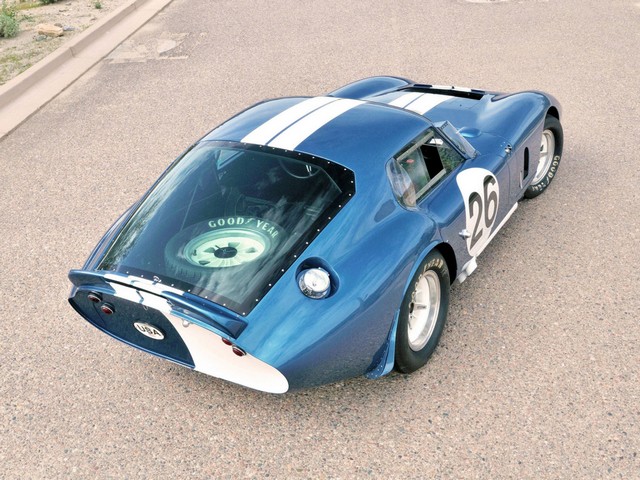
They finished the car just in time for the legendary 1965 racing season. They shipped it to Europe where it continued the dominance of American engineering. The Daytona Coupe won the 1965 GT Championship. That was an extraordinary success for Ford, Shelby and his team of talented drivers and mechanics.

16. Ford GT40
Interestingly, the Ford GT40 wasn’t Shelby’s project. In fact, he came on board after they had already designed and engineered it. However, Shelby played a crucial part in its legendary 24 Hours of Le Mans wins. Shelby’s experience as a driver, team leader and constructor led their team of motivated racers who wanted to dethrone the mighty Ferrari. Also, Ford backed his Cobra and Mustang projects, so Shelby couldn’t refuse. After a failed attempt to buy Ferrari in the early ’60s, Ford was angry with Enzo Ferrari.
They decided to beat him on the race track to prove who the real boss was. But back then, Ford didn’t have a racing program or someone to manage it. So, the company looked for outsourcers who could make things happen.
They found the basis for the Ferrari-beating race car in England in a Lola Mk6. Soon, they re-engineered and redesigned it. Also, they gave it a new racing 289 V8 engine, turning it into the first Ford GT40 in 1964. However, the car didn’t look promising in the beginning. But meticulous work and money transformed the GT40 into a world-conquering machine in months.
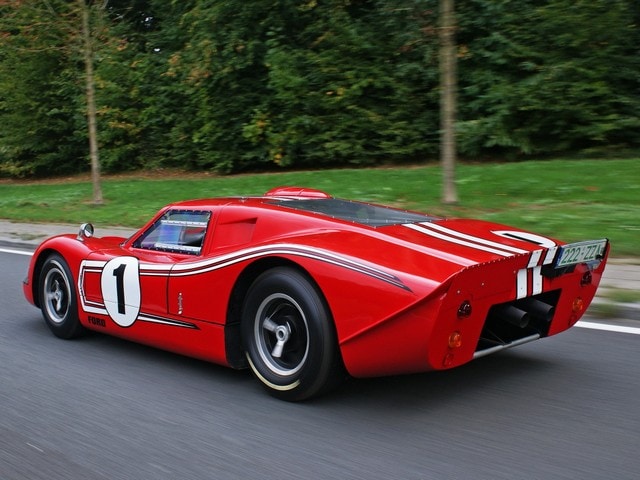
Today, the GT40’s recognizable design is as American as apple pie. But, they designed the car in England and it came to America already complete. And, it humiliated Ferrari between 1966 and 1969. This was when the GT40 won the 24 Hours of Le Mans four times in a row.
It was an amazing success and achievement for a company that never appeared in the Le Mans race before the mid-60s. The GT40 became the symbol of American race cars. It dominated the European racing scene, which was a big success for Ford, Shelby, and his team.
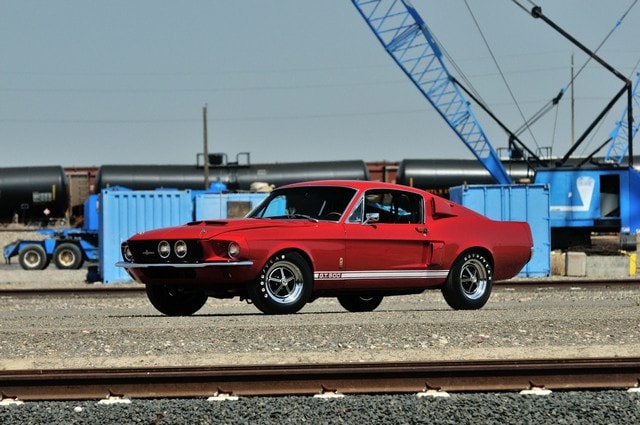
15. Shelby GT500
The Shelby Mustang started as a stripped-down version of a Ford pony car. Basically, they were road racers with minimal comforts and maximum driving involvement. But after the 1967 model year, the Shelby Mustang line evolved into a GT coupe. Bigger and more powerful than before, the 1967 GT500 featured a new design and modified front and rear end.
But the best feature was the big 427 V8 engine with 335 HP and 420 lb-ft of torque. In those days, Ford was notorious for underrating the power output of their engines, so a 335 HP sounded too little for the big 427. Some car enthusiasts claim the real power was closer to the 400 HP range. And the performance figures backed that claim. The 0 to 60 mph acceleration time was 6.5 seconds.
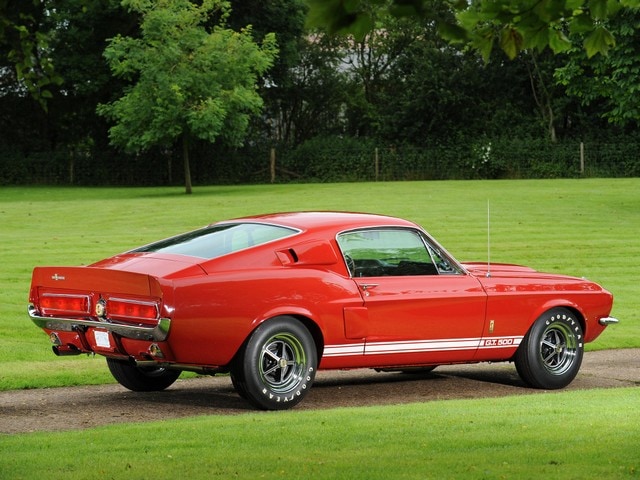
That was good for the day and thanks to their suspension modifications, the GT 500 could handle the curves well too. The new GT500 model was a hit since it offered powerful performance as well as luxury and comfort. However, it lost the purists who adored the earlier GT350 models for their uncompromised character and raw nature.
The Dale Adams Team

Dale Adams
Author